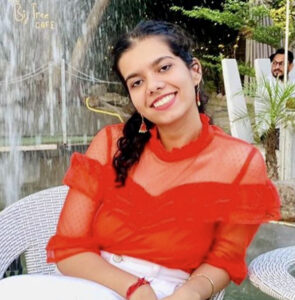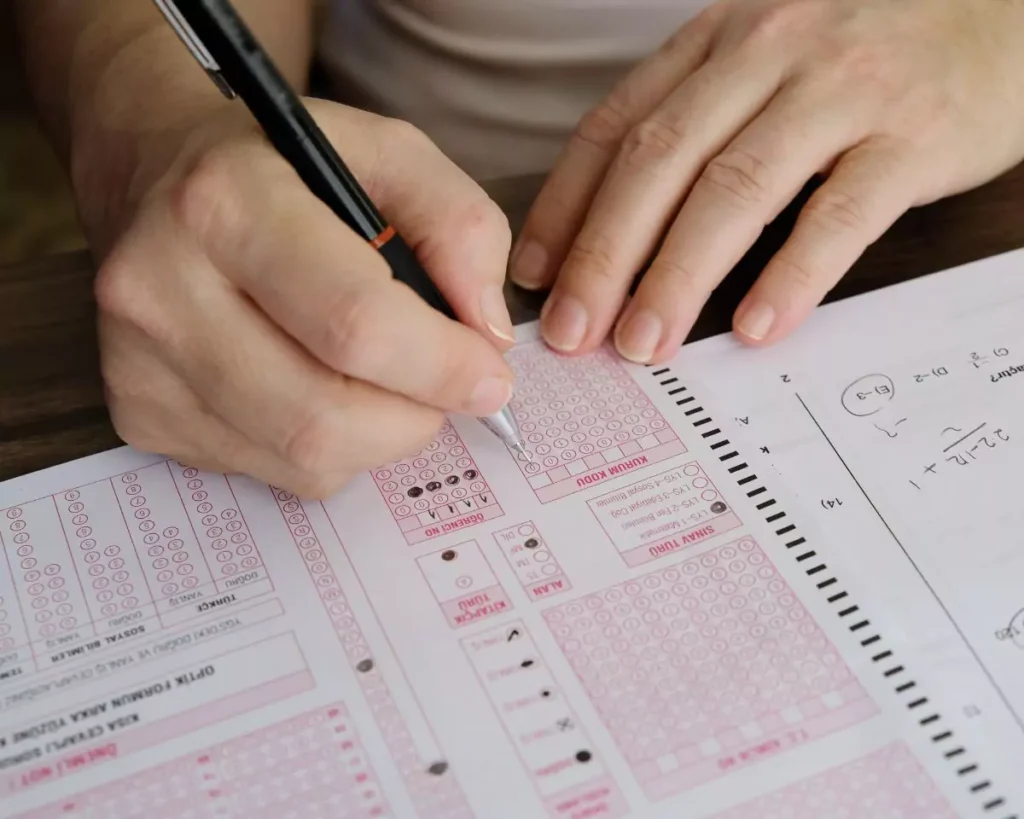
JMI Engineering Diploma Part Time

Kritika Yadav

Jamia Polytechnic of Jamia Millia Islamia offers a three year part time program in different engineering disciplines. The admission to these programs is made on the basis of entrance test. After successful completion of course work Diploma in Engineering is awarded.
Diploma Engineering courses are are offered in following disciplines-
- Civil Engineering
- Mechanical Engineering
- Electrical Engineering
- Electronics Engineering
- Computer Engineering
Eligibility Criteria For Part Time JMI Engineering Diploma
Secondary School Certificate or Class 10th examination with Mathematics and Science with 2 year certificate course of Jamia Millia Islamia. OR
ITI or equivalent Certificate Course from an institution recognized by Central Government / State Government. OR
Two years work experience in the relevant field after passing Secondary School Certificate Examination with Mathematics and Science. OR
12th class of analogues vocational stream.
Selection Procedure For Part Time JMI Engineering Diploma
The admission to the Diploma in Engineering – Evening Course is made on the basis of Entrance Examination, Experience and Interview. The duration of entrance test is 3 hours. A weightage of 130 marks is given for the Entrance Test and 30 marks for the Interview. Professional experience carries 40 marks weightage. The final merit list is prepared on the basis of professional experience, written test and Interview.
Only those candidates are called for Interview, who qualifies in the merit ranking of written test.
No.of Seats For JMI Diploma Courses
No. of seats in different Diploma in Engineering courses are given below.
- Civil Engineering – 40 Seats
- Mechanical Engineering – 40 Seats
- Electrical Engineering – 40 Seats
- Electronics & Communication Engineering – 40 Seats
- Computer Engineering – 40 Seats
All Questions will be Objective / Multiple Choice Types.
Syllabus For JMI Part Time Engineering Diploma
Science
Distance and displacement, Vectors, their addition, subtraction and resolution: speed and velocity,. Uniform and circular motion, acceleration, mass and weight, momentum, impulse: first, second and third law of motion, conservation of momentum, principle of moments “couples, centre of gravity, work, K.B., P.B., Conservation of energy, Mechanical properties of solids, stress and strain, Hook’s law. Archimedes principles. Relative density and specific gravity, floatation and stability of floating bodies. Characteristic of a wave, v=n relation, longitudinal and transverse wave. Sound wave and ultrasonic waves, Spherical mirror,. F -2R, relation formulae of Refraction, refractive index, refraction through a glass slab and prism, total internal reflection. Lenses and their power formulae of lenses, microscope and telescope. Couloumb’s Law, electric intensity, electrostatic potential due to a charge, electric current. Magnetic field to a current, interaction of two current carrying wires, ‘electromagnetic, dynamo, principle of microscope, telephone, earth’s magnetism. Chemical combination, behaviour of gases, diffusion, relative density of gasses, Gay-Lussac’s and Avogadro’s Law, Avogadro’s number, mole concept, atomic and molecular weight. Structure of atom, cathode rays, positive rays, protons and neutrons, isotopes and isobar, electronic configuration, chemical bond, electrovalent, covalent coordinate bond, periodic law, gradation of the properties, Oxidation and reduction, Halogens (CI2, Br2, I2) bleaching action of chlorine, hydrogen sulphide, allotropy, SO2 and H2SO4, Nitrogen and Phosphorous, ammonia, fixation of nitrogen and nitrogen cycle. Metallurgical process and metals, chemical properties of the following metals and their reaction with O2 (Na, Mg, Fe, Cu); Cl2, Br2, I2 – (Na, Mg, Zn, Fe, Cu); S(Zn, Cu, Fe);
Acids -(Sn, Fe, Cu); Hard water, soft water, distilled water, solutions colloids and suspension, types of solution, dissolution, effect of temperature and pressure on the solubility of gases, liquids and solids in water, ionisation, ionic reaction, strong and weak acids, pH scale, rates of reaction and chemical equilibrium, factors affecting reaction rates, Le-Chattelier’s Principle, Law of Mass Action. Carbon, structure of carbon atom, allotropic forms of carbon. Hydrocarbon, Saturated and Unsaturated, homologous series, petro-chemicals and petro-chemical, combustion and its type, fire extinguishers, Fuels (solids, liquid and gaseous), characteristics of a good fuel, calorific value.
Mathematics
Set language and notation, the number system, Numbers and fraction, functions, their values and graphs, mapping system of equations, inequations and their graphical representation, consistent inconsistent and dependent equations, simultaneous equations and their solution, quadratic polynomials, logarithm to the base 10, properties of logarithm, computation using log tables (percentage, profit and loss, discount, simple and compound interest), Areas of Triangles, parallelogram, trapezium and circles, surface area and volume of a cuboid, cube, cone and sphere, field book, lines, angles and triangles, theorems and problems based upon vertically opposite angles, congruence of triangles (SAS, ASA, SSS and RHS), properties and problems based upon them, similar triangles, theorems of similar triangles and proportion, Pythagoras theorem and their problems, quadrilateral, theorems of parallelograms and Rhombus and their problems, circle through three points, Equal chords are equidistant from the centre and converse, theorem on angle subtended at centre by an area of a circle, angle in a semi-circle is right angle and converse. Theorems on alternate segment, theorem on parallelograms and triangles on the same base and between the same parallel, construction of triangle, quadrilateral, circumcircle, incircle and excribed circles of a triangle, trigonometrical ratios of angles, sin, Cos, Tan for 00, 30 , 45 , 60 , and 90 Simple identifies, height and distance problems with the use of trigonometric tables, collection and presentation of date, frequency distributions, bar charge, frequency polygons, histograms and cumulative frequency graphs, piecharts and pictographs, mean, raw and grouped data.




